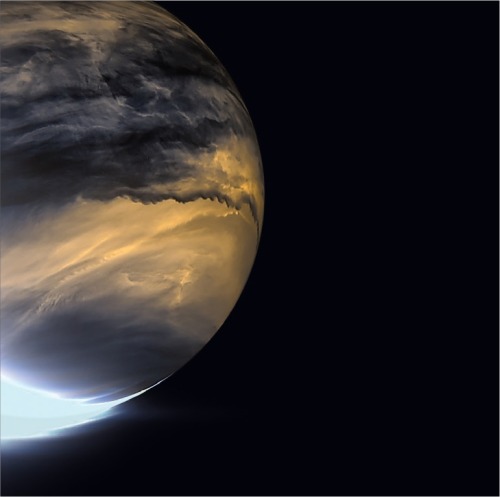Stars Again
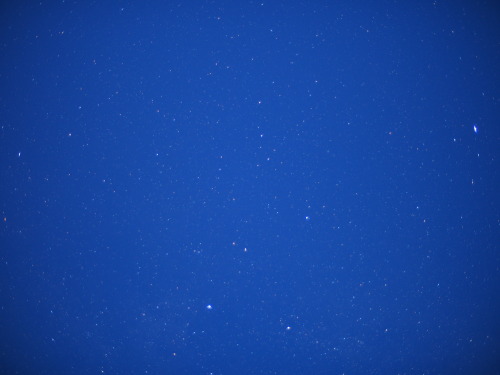
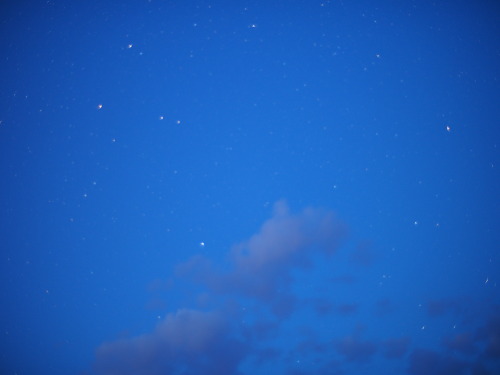
Stars again
More Posts from Sidusglacies and Others
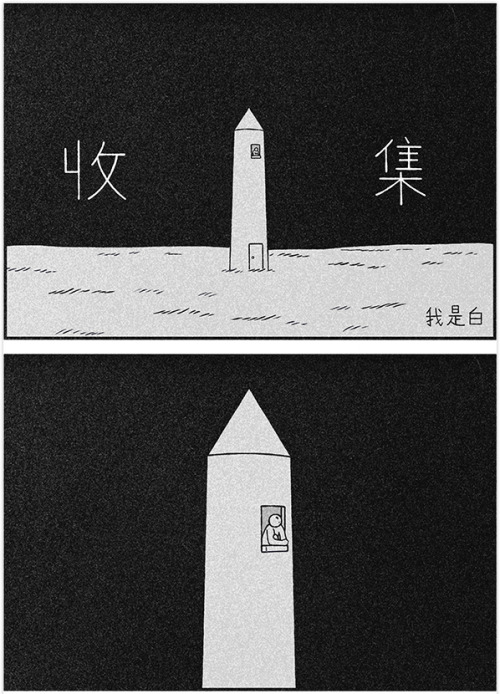



Collect

Hooly Land USA / Waterbury, CT
Mamiya c330 / Portra 800
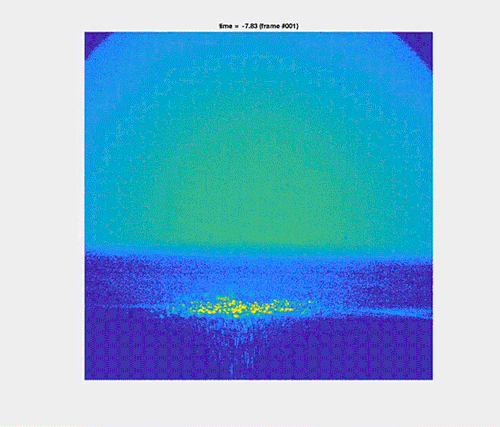
For more than a century, scientists have been fascinated by the jet that forms after a drop impacts a liquid. In this study, researchers tracked fluorescent particles in the fluid to understand the velocity and acceleration of flow inside the jet. (Image and research credit: C. van Rijn et al.; via APS Physics; submitted by Kam-Yung Soh)
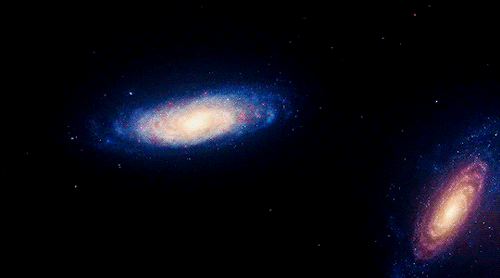
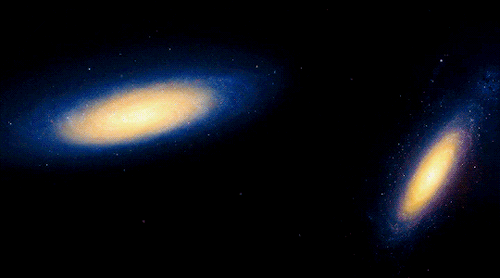
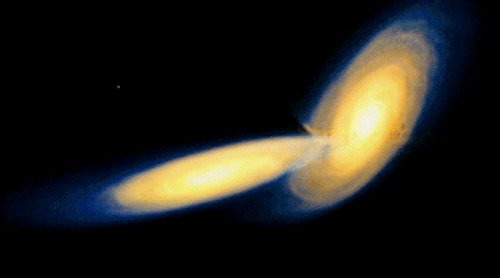
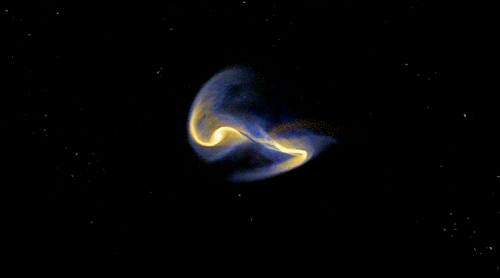
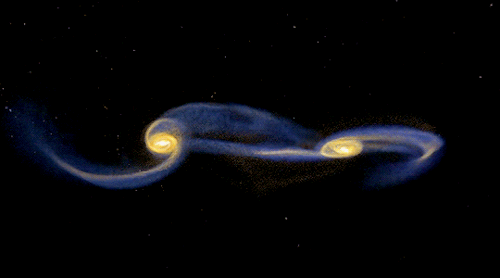
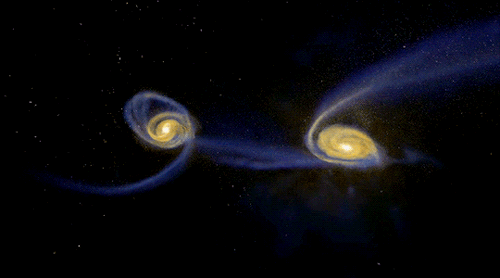
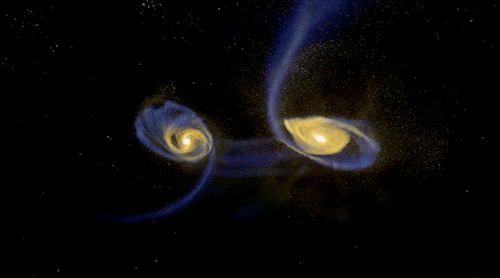
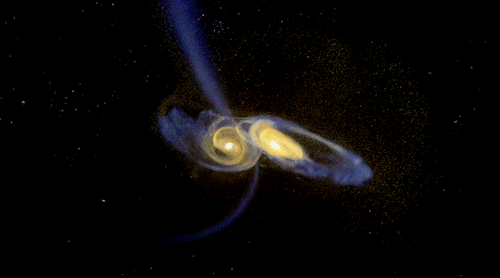
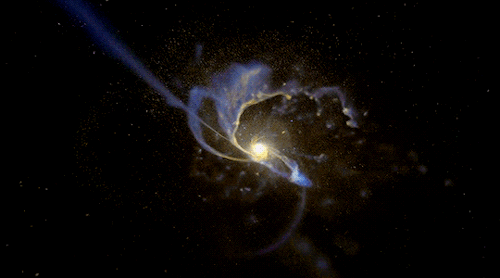
“Using nothing more than Newton’s laws of gravitation, we astronomers can confidently predict that several billion years from now, our home galaxy, the Milky Way, will merge with our neighboring galaxy Andromeda. Because the distances between the stars are so great compared to their sizes, few if any stars in either galaxy will actually collide.
Any life on the worlds of that far-off future should be safe, but they would be treated to an amazing, billion-year-long light show a dance of a half a trillion stars to music first heard on one little world by a man who had but one true friend.”
COSMOS: A Spacetime Odyssey (2014) written by Ann Druyan and Steven Soter

Incredible south pole aurora of Saturn
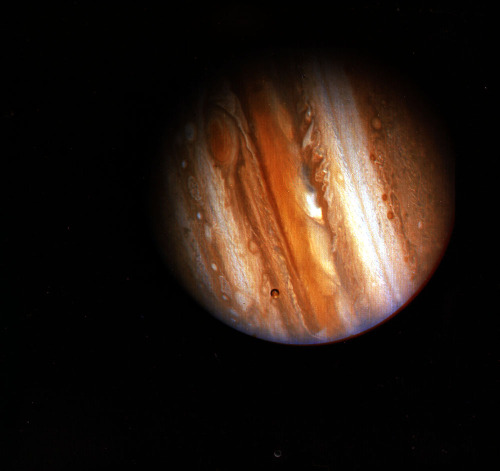
On February 5, 1979, Voyager 1 made its closest approach to Jupiter since early 1974 and 1975 when Pioneers 10 and 11 made their voyages to Jupiter and beyond.
Credit: NASA



COLORADO MAGIC (by Willoughby Owen)
-
 noritosaurusrex liked this · 1 month ago
noritosaurusrex liked this · 1 month ago -
 chaotic-cryptid-x3 liked this · 1 month ago
chaotic-cryptid-x3 liked this · 1 month ago -
 velvetcafe reblogged this · 2 months ago
velvetcafe reblogged this · 2 months ago -
 miiiragex liked this · 2 months ago
miiiragex liked this · 2 months ago -
 vhincent liked this · 2 months ago
vhincent liked this · 2 months ago -
 f0und-the-devil-in-me reblogged this · 2 months ago
f0und-the-devil-in-me reblogged this · 2 months ago -
 dimension-of-infinite liked this · 3 months ago
dimension-of-infinite liked this · 3 months ago -
 glikozi liked this · 3 months ago
glikozi liked this · 3 months ago -
 n0tnowjohn reblogged this · 3 months ago
n0tnowjohn reblogged this · 3 months ago -
 monaxiamouola reblogged this · 3 months ago
monaxiamouola reblogged this · 3 months ago -
 monaxiamouola liked this · 3 months ago
monaxiamouola liked this · 3 months ago -
 gurlofyourdreams reblogged this · 3 months ago
gurlofyourdreams reblogged this · 3 months ago -
 hope-is-on-the-horizon reblogged this · 3 months ago
hope-is-on-the-horizon reblogged this · 3 months ago -
 hope-is-on-the-horizon liked this · 3 months ago
hope-is-on-the-horizon liked this · 3 months ago -
 wow-girl reblogged this · 3 months ago
wow-girl reblogged this · 3 months ago -
 bluemoon-and-stars reblogged this · 3 months ago
bluemoon-and-stars reblogged this · 3 months ago -
 f0und-the-devil-in-me liked this · 3 months ago
f0und-the-devil-in-me liked this · 3 months ago -
 astronada reblogged this · 3 months ago
astronada reblogged this · 3 months ago -
 hariet436 liked this · 3 months ago
hariet436 liked this · 3 months ago -
 takenforpomegranate reblogged this · 3 months ago
takenforpomegranate reblogged this · 3 months ago -
 takenforpomegranate liked this · 3 months ago
takenforpomegranate liked this · 3 months ago -
 lelouch reblogged this · 3 months ago
lelouch reblogged this · 3 months ago -
 jointedoll reblogged this · 3 months ago
jointedoll reblogged this · 3 months ago -
 starryrika reblogged this · 4 months ago
starryrika reblogged this · 4 months ago -
 neptunekiid reblogged this · 4 months ago
neptunekiid reblogged this · 4 months ago -
 kingbloodshxxt92 liked this · 4 months ago
kingbloodshxxt92 liked this · 4 months ago -
 neptunekiid liked this · 4 months ago
neptunekiid liked this · 4 months ago -
 internetbelle reblogged this · 4 months ago
internetbelle reblogged this · 4 months ago -
 2sensitive4internet reblogged this · 4 months ago
2sensitive4internet reblogged this · 4 months ago -
 fairystoryfemme liked this · 4 months ago
fairystoryfemme liked this · 4 months ago -
 crystalover777 liked this · 4 months ago
crystalover777 liked this · 4 months ago -
 earthwalkerr reblogged this · 4 months ago
earthwalkerr reblogged this · 4 months ago -
 beanie-twink liked this · 4 months ago
beanie-twink liked this · 4 months ago -
 angxlpov reblogged this · 4 months ago
angxlpov reblogged this · 4 months ago -
 moonjade reblogged this · 4 months ago
moonjade reblogged this · 4 months ago -
 parasitepuppy liked this · 4 months ago
parasitepuppy liked this · 4 months ago -
 fulkem liked this · 4 months ago
fulkem liked this · 4 months ago -
 aquatixwitch reblogged this · 4 months ago
aquatixwitch reblogged this · 4 months ago -
 diamondsandpebbles reblogged this · 4 months ago
diamondsandpebbles reblogged this · 4 months ago -
 diamondsandpebbles liked this · 4 months ago
diamondsandpebbles liked this · 4 months ago -
 retalhoserelapsos reblogged this · 4 months ago
retalhoserelapsos reblogged this · 4 months ago -
 mixedmonet liked this · 4 months ago
mixedmonet liked this · 4 months ago -
 himai reblogged this · 4 months ago
himai reblogged this · 4 months ago -
 eadbh reblogged this · 4 months ago
eadbh reblogged this · 4 months ago -
 eeup liked this · 4 months ago
eeup liked this · 4 months ago -
 alwaysbeenastormx reblogged this · 4 months ago
alwaysbeenastormx reblogged this · 4 months ago -
 fogandfireflies liked this · 4 months ago
fogandfireflies liked this · 4 months ago -
 sharoni-macaroni liked this · 4 months ago
sharoni-macaroni liked this · 4 months ago -
 forsavonna reblogged this · 5 months ago
forsavonna reblogged this · 5 months ago
